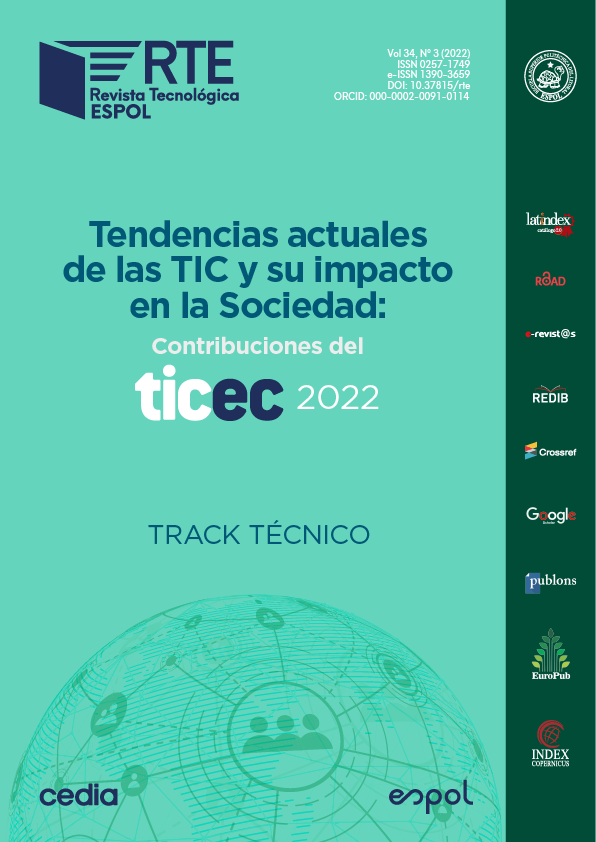Nowadays, the different cyber-attacks have forced organizations to find different equipment to protect them; however, the attack patterns are not the same in all organizations since their core work is not identical. Therefore, this paper proposes an analysis of the most recurrent attack patterns in university environments based on a comparison of the functionalities and results obtained by three types of Intrusion Detection Systems (IDS): two of them using free software and the third one using licensed software, as well as to carry out attacks on them in a controlled environment. This article contains the following sections: introduction, methodology, results, discussion, and conclusions. With the comparative analysis, it is expected to obtain statistics about the most critical attack patterns faced by this type of environment. Finally, guidelines are issued for the most optimal configurations to mitigate such attack patterns.

This work is licensed under a Creative Commons Attribution-NonCommercial 4.0 International License.
References
Check Point Software Technologies LTD. (2020, Julio 16). Check Point Advisories. https://www.checkpoint.com/advisories/
Hernández, R., Fernández, C., & Baptista, P. (2010). Metodología de la Investigación. Mexico: The Mc Graw-Hill.
KALI ORG. (2020, Julio 16). KALI TOOLS. SIPVicious Package Description: https://tools.kali.org/sniffingspoofing/sipvicious
NIST. (2020, Abril 14). National Vulnerability Database. https://nvd.nist.gov/vuln
OWASP. (2020, Julio 16). OWASP COMMUNITY. Obtenido de https://owasp.org/www-community/attacks/
Snort. (2020, Septiembre 21). snort.org. SNORT: https://snort.org/
VULNERS.COM. (2020, Julio 2). VULNERS.COM. https://vulners.com/nessus/AOST_NVR_SHELL.NASL







